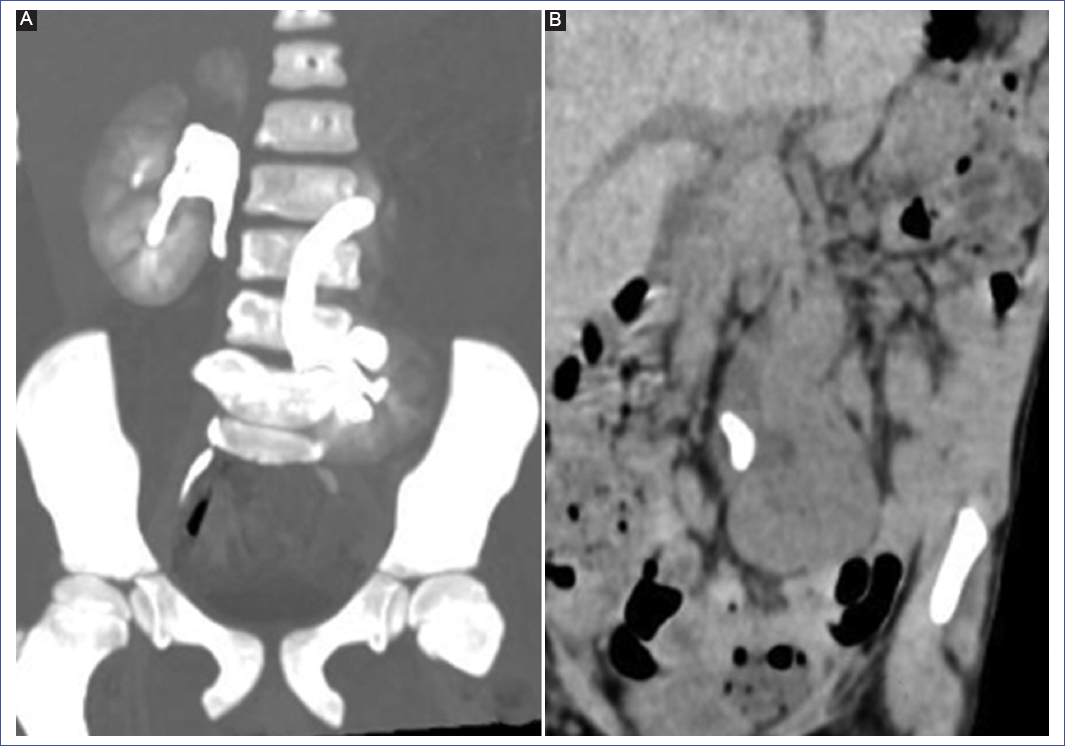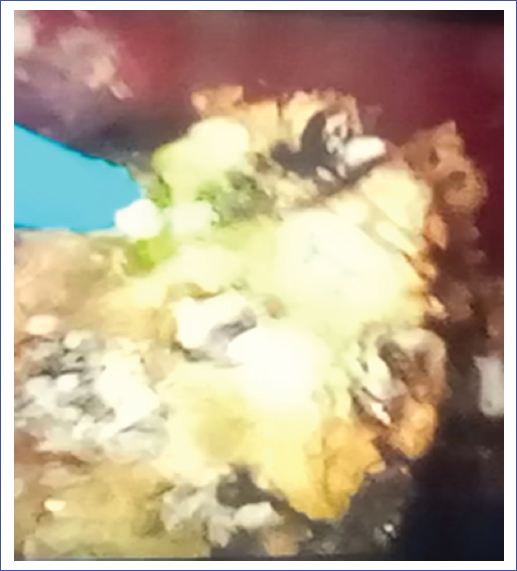1. Injeyan M, Bidault V, Bacchetta J, Bertholet-Thomas A. Hydration and nephrolithiasis in pediatric populations:specificities and current recommendations. Nutrients. 2023;15:728.
2. Novak TE, Lakshmanan Y, Trock BJ, Gearhart JP, Matlaga BR. Sex prevalence of pediatric kidney stone disease in the United States:an epidemiologic investigation. Urology. 2009;74:104-7.
3. Ward JB, Feinstein L, Pierce C, Lim J, Abbott KC, Bavendam T, et al. Pediatric urinary stone disease in the United States:the Urologic Diseases in America Project. Urology. 2019;129:180-7.
4. Issler N, Dufek S, Kleta R, Bockenhauer D, Smeulders N, Van’t Hoff W. Epidemiology of paediatric renal stone disease:a 22-year single centre experience in the UK. BMC Nephrol. 2017;18:136.
5. Gómez Pascual JA, López Rueda B, Soler Martínez J, Llerena Hoyos M, García Galisteo E, Díaz Ramírez F, et al. [Treatment of childhood lithiasis using extracorporeal shock wave lithotripsy]. Arch Esp Urol. 2003;56:927-32.
6. Geavlete B, MareşC, Popescu RI, Mulţescu R, Ene C, Geavlete P. Unfavorable factors in accessing the pelvicalyceal system during retrograde flexible ureteroscopy (fURS). J Med Life. 2023;16:372.
7. Tepeler A, Silay MS, Armagan A, Basibuyuk I, Akman T, Akcay M, et al. Laparoscopic-assisted «microperc»of a stone in a pelvic kidney of a 3-year-old girl. J Laparoendosc Adv Surg Tech A. 2013;23:174-6.
8. Ishii H, Griffin S, Somani BK. Flexible ureteroscopy and lasertripsy (FURSL) for paediatric renal calculi:results from a systematic review. J Pediatr Urol. 2014;10:1020-5.
9. L’Esperance JO, Ekeruo WO, Scales CD, Marguet CG, Springhart WP, Maloney ME, et al. Effect of ureteral access sheath on stone-free rates in patients undergoing ureteroscopic management of renal calculi. Urology. 2005;66:252-5.
10. Tolga-Gulpinar M, Resorlu B, Atis G, Tepeler A, Ozyuvali E, Oztuna D, et al. Safety and efficacy of retrograde intrarenal surgery in patients of different age groups. Actas Urol Esp. 2015;39:354-9.
 Figura 1. Urotomografía sin contraste. A: corte coronal en fase tardía de urotomografía que muestra un riñón de localización ectópica pélvica. B: corte coronal de urotomografía no contrastada que muestra un lito de 15 × 10 mm.
Figura 1. Urotomografía sin contraste. A: corte coronal en fase tardía de urotomografía que muestra un riñón de localización ectópica pélvica. B: corte coronal de urotomografía no contrastada que muestra un lito de 15 × 10 mm.
 Figura 2. Litotripsia con láser de tulio de un lito en el riñón ectópico izquierdo.
Figura 2. Litotripsia con láser de tulio de un lito en el riñón ectópico izquierdo.
